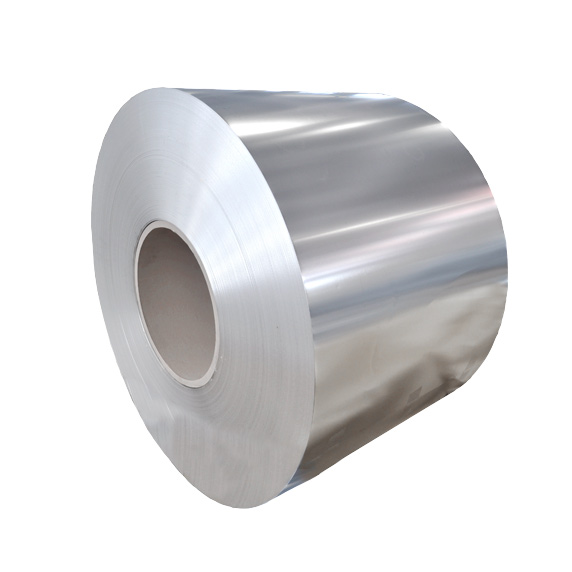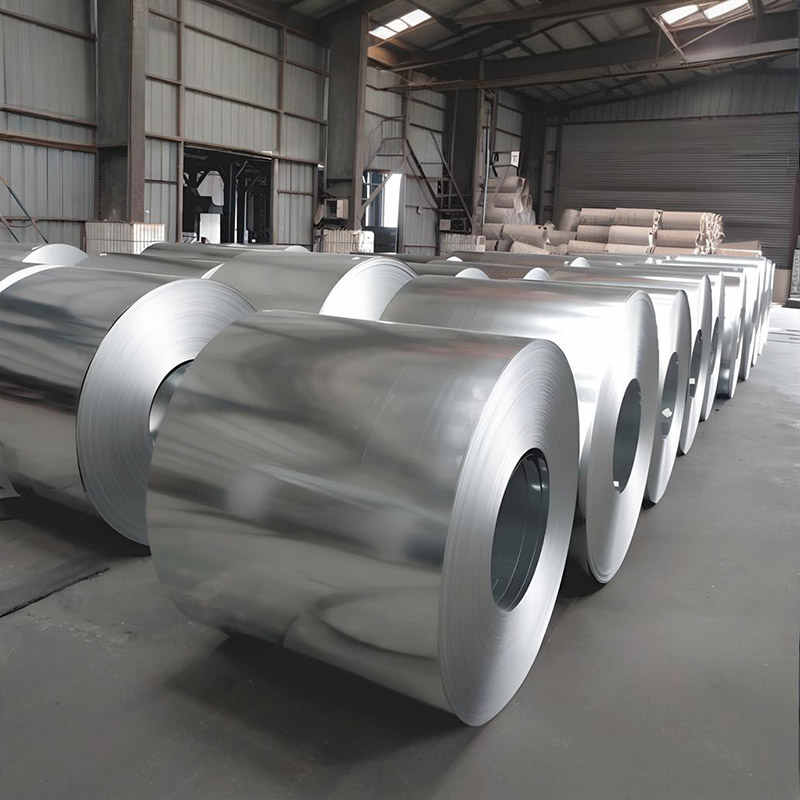What exactly is cold-rolled plate, and why has it become indispensable in modern manufacturing? Cold-rolled plate is steel that has been processed at room temperature, below its recrystallization temperature. This manufacturing method results in a more refined surface finish, tighter thickness tolerances, and improved mechanical properties compared to hot-rolled steel. The cold rolling process reduces the thickness of the steel by passing it through a series of rollers, which enhances its strength and formability while maintaining excellent surface quality.
How does the cold-rolling process impact the final product’s characteristics? The key advantage lies in the enhanced surface finish, which is typically smoother, more uniform, and free from scale that forms during hot rolling. This superior surface quality makes cold-rolled plate ideal for applications where appearance matters, such as automotive panels and appliance exteriors. Additionally, the cold rolling work hardens the steel, increasing its strength and hardness while improving its ability to be formed into complex shapes without cracking.
What industries rely most heavily on cold-rolled plate? The automotive sector is the largest consumer, utilizing cold-rolled steel for body panels, structural components, and reinforcement parts due to its excellent formability and strength-to-weight ratio. The construction industry also extensively uses cold-rolled products for roofing, siding, and structural elements where precision and durability are critical. Furthermore, appliance manufacturers prefer cold-rolled steel for its aesthetic appeal and corrosion resistance, while electronics companies use it for casings and components requiring precise dimensions.
How do you select the right cold-rolled plate for your specific application? Consideration must be given to the required mechanical properties, surface finish, thickness, and coating needs. For example, if corrosion resistance is paramount, galvanized cold-rolled steel would be the optimal choice. For applications requiring maximum formability, a lower carbon content would be preferable. It’s also essential to evaluate the required strength and whether the material will undergo additional processing such as bending, welding, or painting.
The future of cold-rolled plate continues to evolve with advancements in metallurgy and manufacturing technologies. As industries demand lighter, stronger, and more sustainable materials, cold-rolled steel is being developed with enhanced properties and reduced environmental impact. The integration of Industry 4.0 technologies in production lines is enabling even greater precision and consistency, ensuring cold-rolled plate remains at the forefront of material innovation across multiple sectors.



